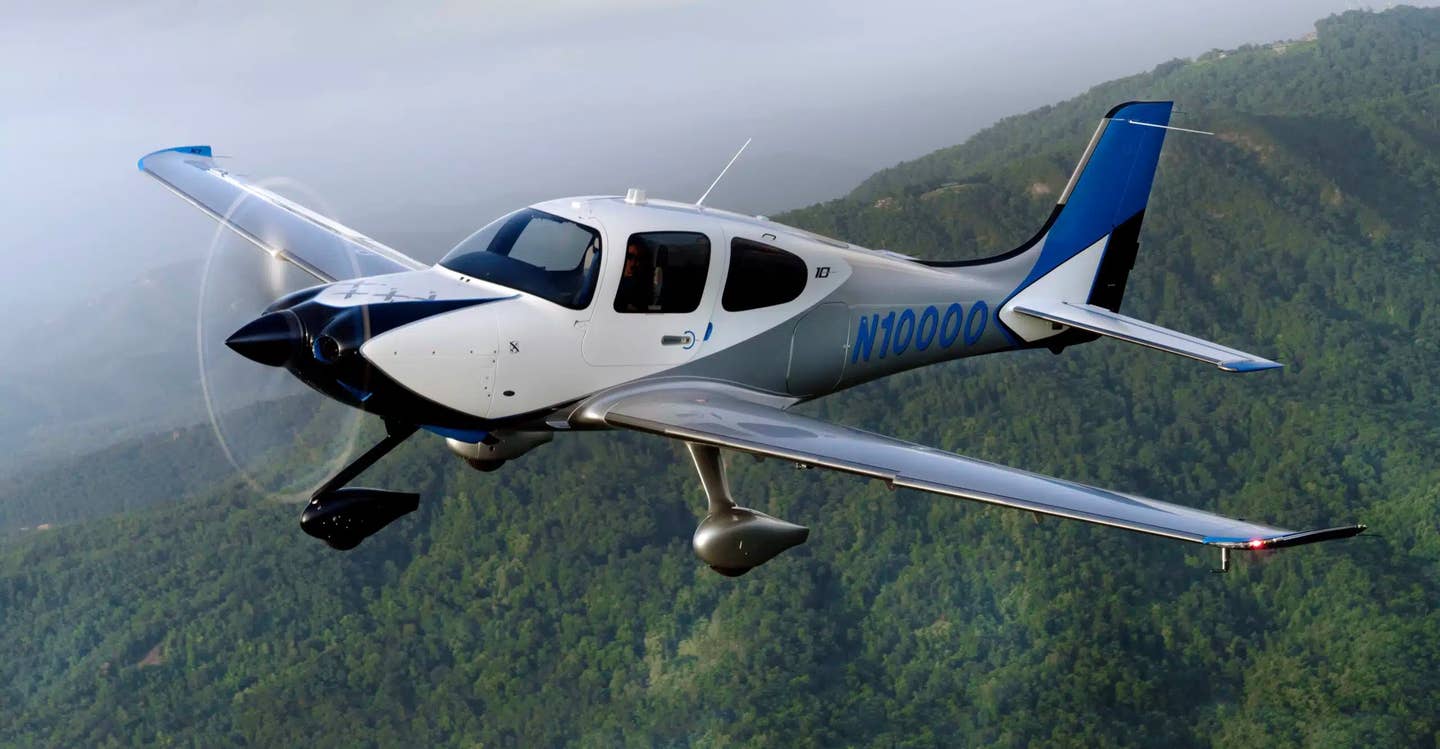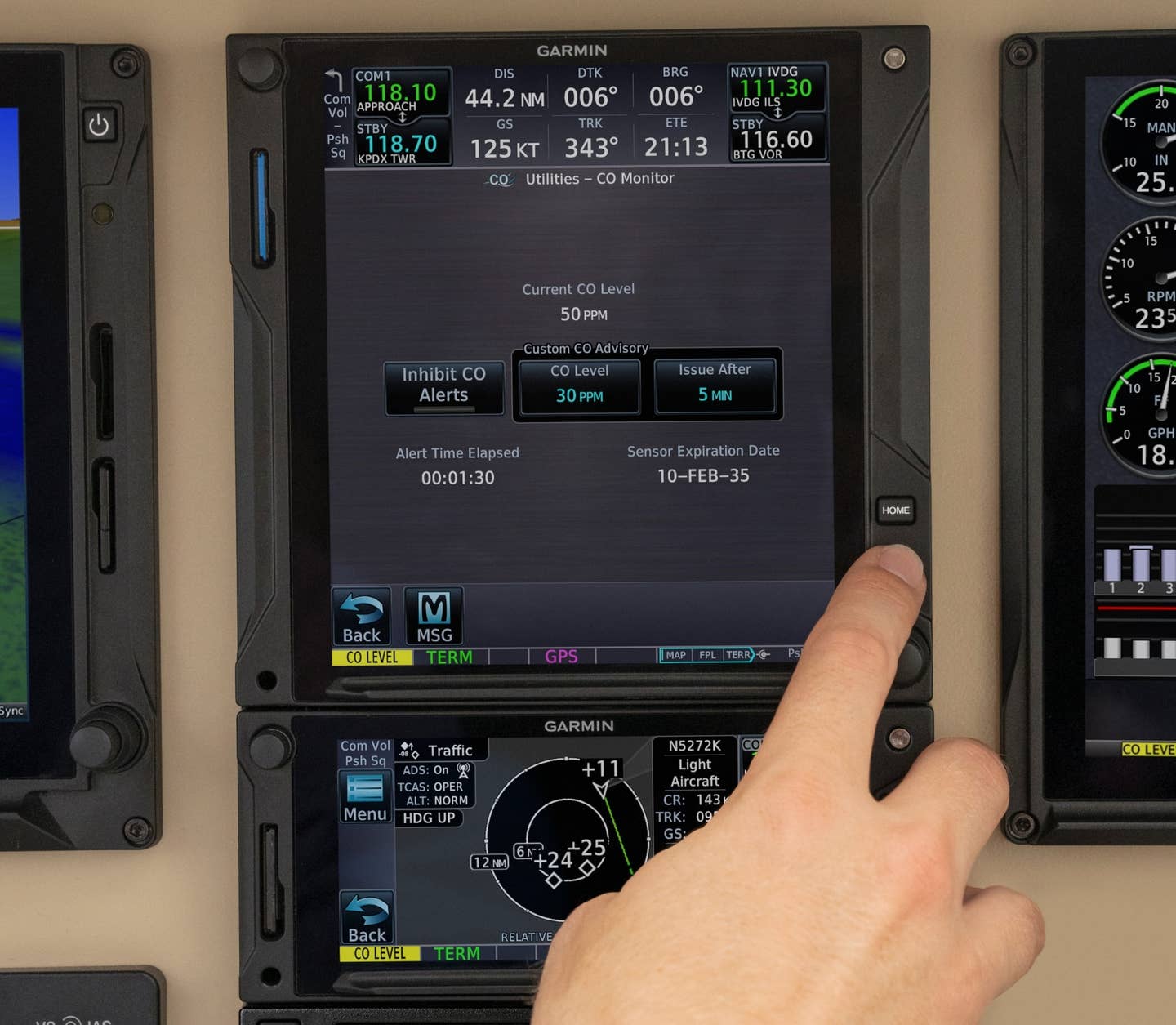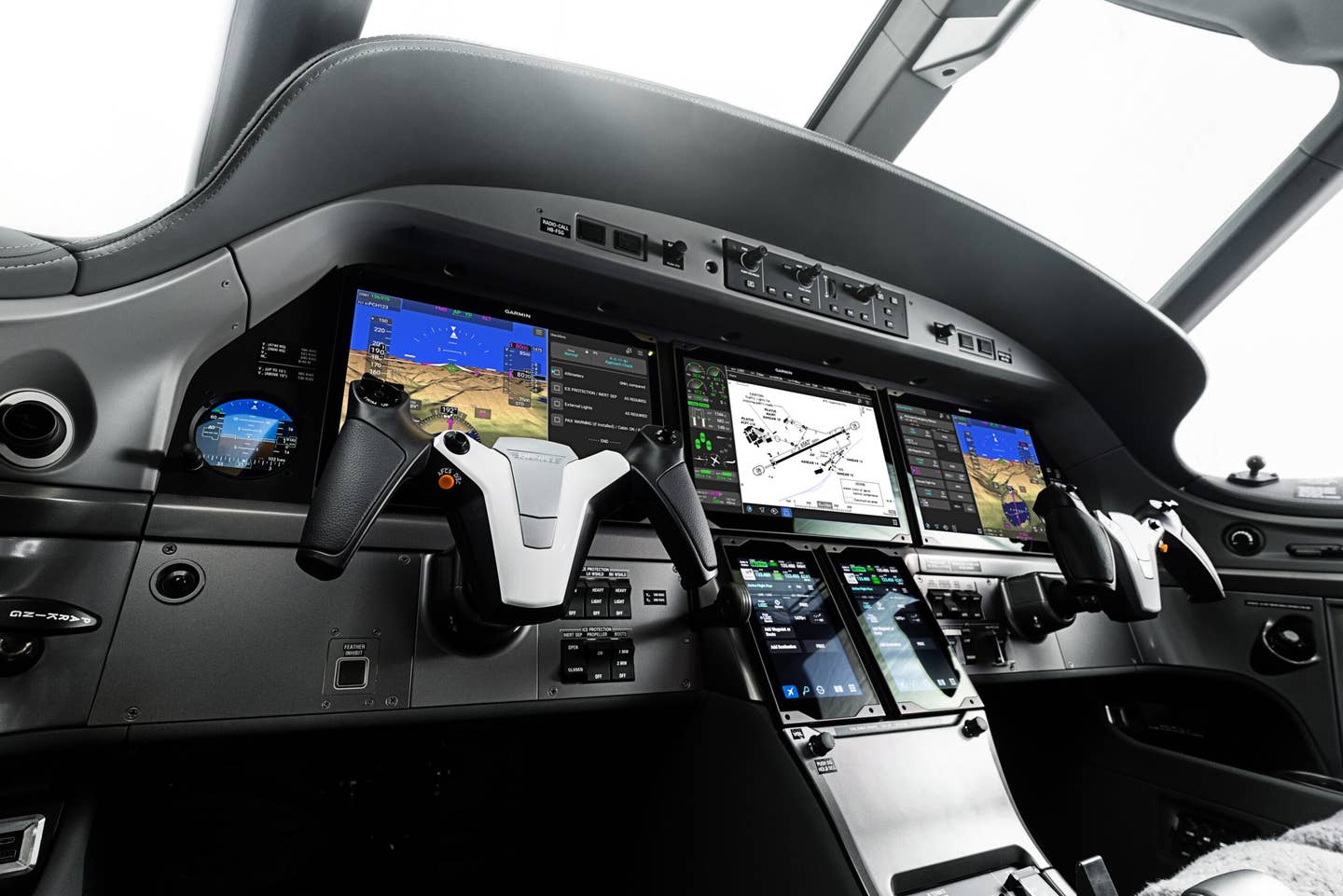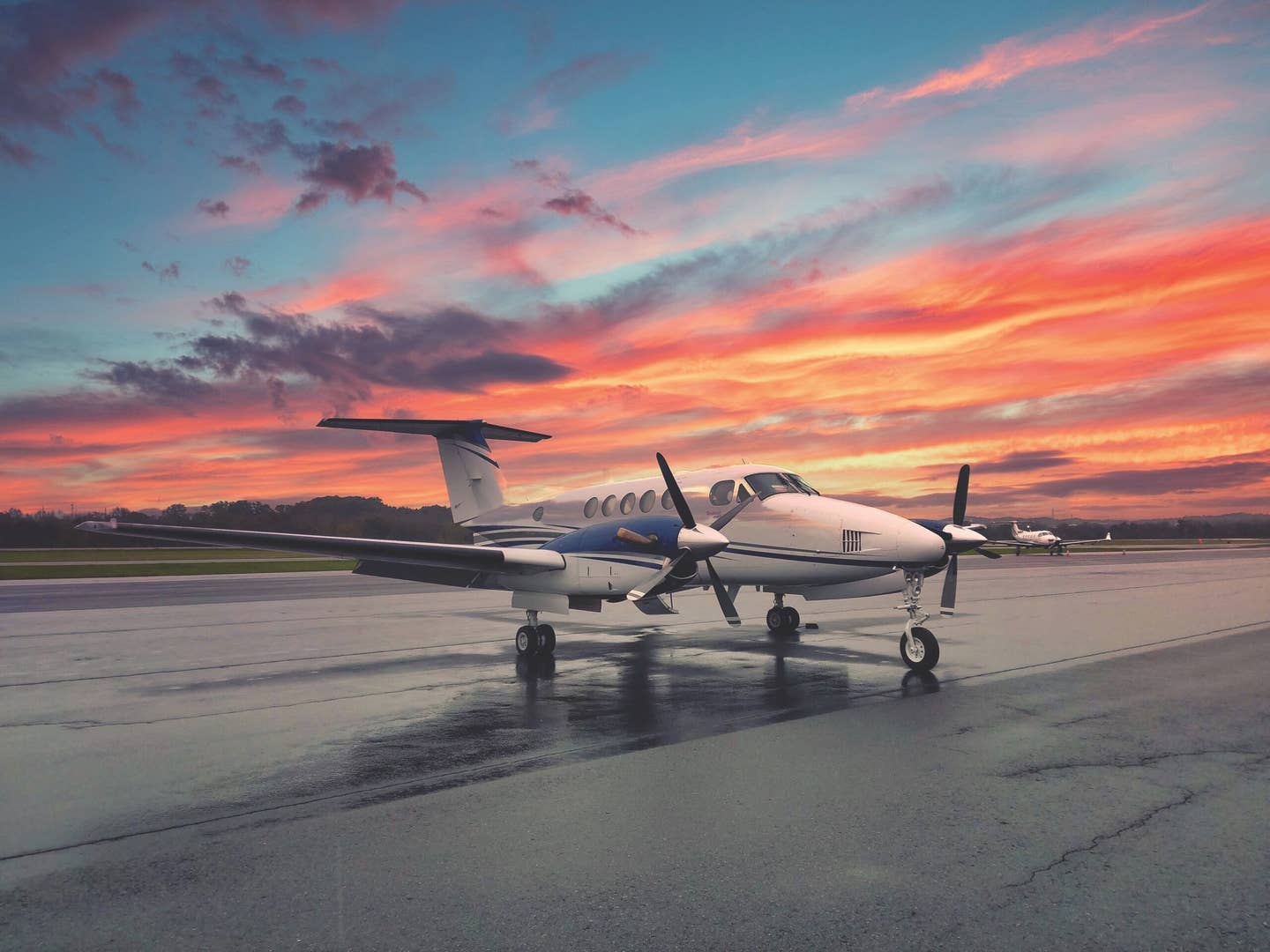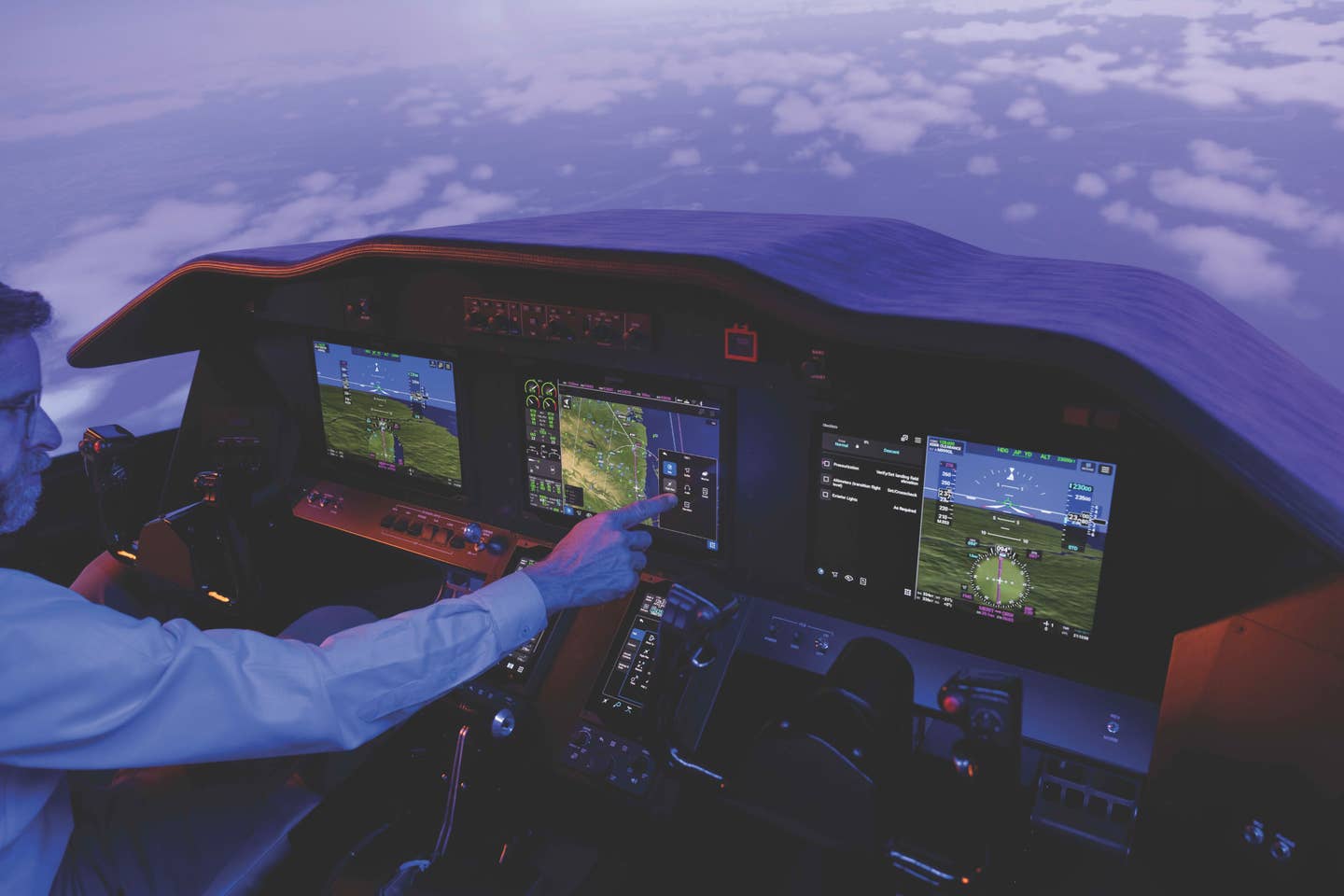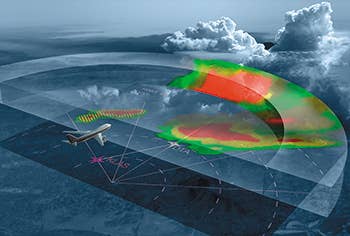
Aviation is still so young that a 100-year anniversary for any aviation entity is a rare thing indeed, but this year industry leader Honeywell is celebrating 100 years at making aviation better in every conceivable way.
As those of you who have been around airplanes for a while (like me) know, today's Honeywell is made up of a number of businesses that each in their own way contribute to aviation, from cutting-edge engine designs, to advanced avionics in business, commercial and military aircraft, to NextGen landing systems and so much more, Honeywell plays an important role in just about every segment of aviation. The company has over the years innovated in every segment as well, bringing a number of life-saving technologies into the everyday lives of pilots like you and me, technologies like glass cockpits, advanced traffic avoidance, computerized terrain awareness, airborne satellite communications and so much more we can't even begin to say.
So congratulations to the people at Honeywell for 100 years of innovation, progress and safety. We pilots are all better off for their efforts. And here's to the next 100 years.
For a completely biased (understandably so!) take on this big milestone, check out Honeywell's chief technology officer Bob Smith's bird's eye view of the first 100 years of a pioneering company and some of the innovations that stand out in that history.
Click next or read the story here.
100 Years of Aviation Innovation: The Honeywell Aerospace story
Bob Smith, Chief Technology Officer
When you step into a modern airliner, it is worth stopping to think how far aviation has come in the past 100 years. Today's passenger jets use composite material, are highly fuel-efficient, generate up to half a terabyte of data every flight, and use a combination of advanced cockpit technology, soft LED lighting, lower pressurization and higher humidity levels to keep you safe and comfortable.
Roll back 100 years to January 1, 1914, when the world's first passenger flight took place between St. Petersburg and Tampa in Florida. The one paying passenger completed the 21-mile journey in 23 minutes (at cruise speed a modern passenger jet can cover around 270 miles in the same time) and paid $400 for the privilege, equivalent to more than $5,000 today.
1914 was an important year in aviation for another reason, too. That year, a single piece of technology was introduced that would shape how we fly today and mark a pivotal moment for one of the industry's most important and innovative companies in the process. That technology was Lawrence Sperry's gyroscopic stabilizer — the world's first autopilot. The company is Honeywell Aerospace.
1914: The Honeywell Story Begins
On June 18, 1914, Sperry and his assistant demonstrated the capabilities of his new invention to a large crowd that had gathered on the banks of the River Seine by flying down the route of the river while they each stood on one of their Curtiss C-2 biplane's wings, with only the autopilot at the controls. Sperry's company was to later become part of Honeywell, which through a mix of strategic acquisitions and indigenous engineering, has played a leading role in shaping how we fly ever since.
Sperry Aerospace's autopilot research was to eventually provide the basis for today's advanced navigation systems, and Sperry had already produced many other important innovations. He later enabled the world's first guided missile flight in 1918, and in 1929 Lieutenant Jimmy Doolittle completed the first zero-visibility flight using a Sperry gyro at Mitchell Field, Long Island. In 1936, Sperry's company received a patent for the first artificial horizon — a system that is still one of the most important indictors on today's analog cockpits.
**Enablement of Mass-Market, Long-Haul Travel **
While an integral part of the Honeywell story, Sperry Aerospace is not the sole Honeywell legacy company to feed into our innovation heritage in aviation. In the late 1930s, Cliff Garrett began experimenting with cabin pressurization, eventually solving one of the biggest challenges for long-range military flight with the world's first volume production of a cabin pressurization system, for the B-29 Superfortress. Garrett's invention was to become the foundation for cabin pressurization on all modern aircraft flying today.
As flights became longer and transcontinental travel hit the mainstream, the 1950s saw Honeywell and its legacy companies tackle a range of other operational safety challenges that pilots were facing on longer, more congested journeys. Bendix Radio (now part of Honeywell's Bendix/King brand) was at the forefront of innovation during this time, bringing to market the world's first practical en-route weather radar, the RDR-1. This was to be the start of a product line that Honeywell still continues today with the latest RDR-4000 IntuVue 3D Weather Radar, capable of detecting turbulence from up to 60 nautical miles away as well as being able to predict hazardous weather, such as hail and lightning.
In the same decade, Lycoming's Turbine Engine Division (now part of Honeywell's engine business) began production of the T55 turboshaft engine to provide the industry with more fuel efficient, reliable and powerful aircraft engines. Designed for use on American helicopters and fixed-wing turboprop aircraft, Lycoming created the engines in its Stratford, Connecticut facility before it was transferred to Honeywell via Allied Signal in 1994. The company also went on to contribute other industry leading engines to the civil and military markets, including the LTS101 and LTP101.
Spurred on by people's desire for air travel to a greater range of destinations, innovation continued into the 1960s. In 1963, Honeywell installed the Garrett 85 Series auxiliary power unit (APU) on the Boeing 727. The introduction of the APU on the airplane meant that crews no longer had to rely on ground power while at the airport, enabling airlines to expand their networks to include previously inaccessible destinations. By 1967, Honeywell had introduced the first APU with an integrated environmental control system to manage the cabin environment and keep passengers more comfortable. The system was featured on the maiden flight of the McDonnell Douglas DC-10 on August 29, 1970 — an aircraft that made its last scheduled passenger service in December 2013, to the chagrin of many aviation enthusiasts.
Last year, Honeywell's 131-9 Family of APUs surpassed 100 million flight hours, and it was this same APU model that played an important role in "the Miracle of the Hudson," by providing the immediate power Capt. "Sully" Sullenberger needed to maintain control of his A320 for a safe river landing after a flock of geese disabled both the aircraft's main engines.
"Out of This World" Innovation
Honeywell also played a role in mankind's longest ever journey. On July 20, 1969, Neil Armstrong stepped off the ladder of the Lunar Excursion Module onto the moon's surface only 55 years after Sperry's stunt on his Curtiss C-2. Honeywell systems, including displays and engine controls, were on Armstrong's Apollo 11 rocket and have been present on every manned space flight since, including the International Space Station.
It wasn't just in space that Honeywell and its legacy companies were making history at this time. In the 1970s, a growing demand for business aviation saw the Garrett TFE731 engine labelled "Product of the Year" by a prominent publishing company. It was a worthy winner, too, as in 1976, the engine helped golfer Arnold Palmer break the around-the-world speed record with a time of 57 hours, 25 minutes, in a TFE731-powered Learjet 36. The aircraft averaged just over 400 mph during the flight, shaving nearly 29 hours off the previous record.
It was also in the 1970s that Honeywell brought to market the world's first flight management system (FMS), the TERN-100. The first truly automatic FMS, the TERN-100 was initially certified on the Boeing 727 in 1974, the 707 in 1975 and the 747SP in 1979. The FMS frees the crew to manage high-level cockpit tasks and contributes to a safer, more economical, fuel-efficient and timesaving flight. With the fuel crisis of the 1970s taking its toll on the industry, the timely arrival of the FMS brought renewed optimism among airlines that operations could easily become more fuel-efficient and profitable in the short term.
Tackling the Problem of Aviation Safety
During this same decade, arguably the most important safety system in the history of aviation was invented. In 1974, the FAA mandated that all turbine-powered and turbojet-powered aircraft must be fitted with a Ground Proximity Warning System (GPWS), the brainchild of Honeywell engineer Don Bateman. Prior to Bateman's GPWS, major airlines were losing about eight aircraft a year to Controlled Flight Into Terrain (CFIT) accidents. By 1980, there was a tenfold decrease in the rate of CFIT accidents among US carriers alone.
The original GPWS system monitors an aircraft's height above ground using a radio altimeter and warns the pilot if a CFIT is imminent. Bateman and his team went on to pioneer the Enhanced Ground Proximity Warning System (EGPWS) in 1996, which augments the original GPWS with GPS positioning and an ever-growing terrain and obstacle database that today boasts well over 800 million flight hours.
Honeywell's EGPWS database, the most advanced and comprehensive such database in the world, also provides the basis for several other key safety systems that are now commonplace on today's business, commercial and military aircraft. For example, Honeywell's SmartView Synthetic Vision System (SVS) uses the database to provide pilots with a 3D digital map of the terrain around the aircraft for navigating in low visibility. In 2003, Honeywell introduced the world's first Runway Awareness and Advisory System (RAAS), a technology which provides alerts to pilots to help guide them to the correct runway by using the EGPWS database. Today in its latest incarnation, SmartLanding/SmartRunway provides pilots with more than 20 alerts for everything from unstable approaches to insufficient runway length, long landings and taxiway approaches. Nearly 2,500 in-service aircraft around the world are now equipped with RAAS or SmartRunway/SmartLanding.
Staying Connected at 40,000 Feet
So much of the innovation that has taken place in aviation over the last 100 years has been charged with making flying safer and easier. But we should also remember how far passenger comfort has evolved in this time. Not long ago passengers were boarding an aircraft hopeful they had been given a seat with a good view of the bulkhead projector screen — the only form of in-flight entertainment. Today, things are very different indeed. In 2012, Honeywell signed an exclusive agreement with Inmarsat to provide the hardware for its new GX Aviation satellite connectivity service. When GX Aviation enters service in early 2015, it will be the first system to provide passengers and the cockpit with seamless, high-speed in-flight Wi-Fi connectivity virtually anywhere in the world. YouTube, iTunes, Netflix and even gaming with friends back home will all be made possible thanks to up to 50Mbps of bandwidth delivered straight to the cabin.
The modern airliner is, in technical terms, a million miles away from Sperry's 1914 Curtiss C-2. Aviation is now safer than it's ever been before. Thanks to technology, you can travel anywhere in the world in less than a day and work, rest or play while on the move. Honeywell Aerospace has been at the forefront of this innovation since 1914, be it through weather radar from Bendix, traffic collision avoidance systems from Bendix and Sperry, mechanical systems from Garrett, engines from Lycoming, or Honeywell flight management systems. The industry still has several challenges such as congestion, fuel prices and emissions to overcome. However, when you consider the progress we have made since Sperry's first demonstration of the autopilot 100 years ago, it is inevitable that over the next century technology will continue to play a central role in advancing air travel around the world and beyond. Here at Honeywell we look forward to playing our part in this evolution. The best is yet to come!
Get exclusive online content like this delivered straight to your inbox by signing up for our free enewsletter.
We welcome your comments on flyingmag.com. In order to maintain a respectful environment, we ask that all comments be on-topic, respectful and spam-free. All comments made here are public and may be republished by Flying.

Sign-up for newsletters & special offers!
Get the latest FLYING stories & special offers delivered directly to your inbox

